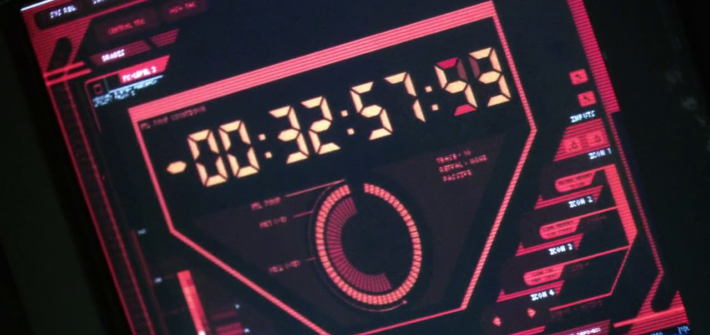So this is a project that has maybe been percolating for 7 years or so and now I feel confident enough to tackle it!
Electronics
PCB Pin Badges – Clamps
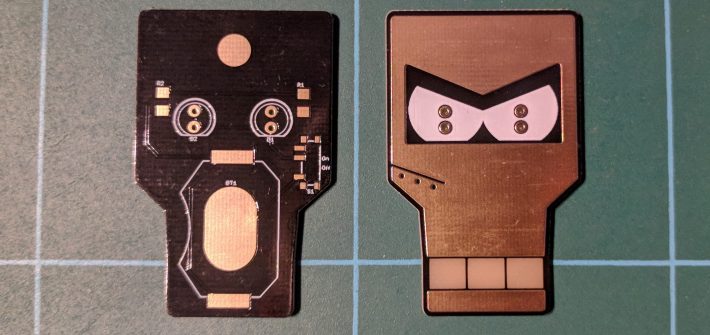
Having the Perturbator and Meeple pin badges under my belt, it was finally time to try something a little bit more complicated.
Inspired by Day of the Geek badge that I own, I thought I’d try a memorable robot from Futurama: Francis X. Clampazzo.
Optical Odometry (Part 2)
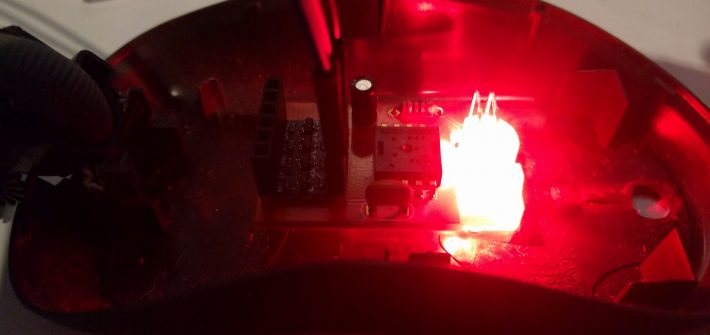
This is the second part of a series investigating the use of optical sensors for robot odometry.
In part one of this project I pulled apart an old Microsoft Intellimouse for the optical chip and managed to extract some readings using an Arduino Uno. The aim now is to repackage those components in a way that they could be mounted underneath a small wheeled robot. (more…)
Optical Odometry (Part 1)
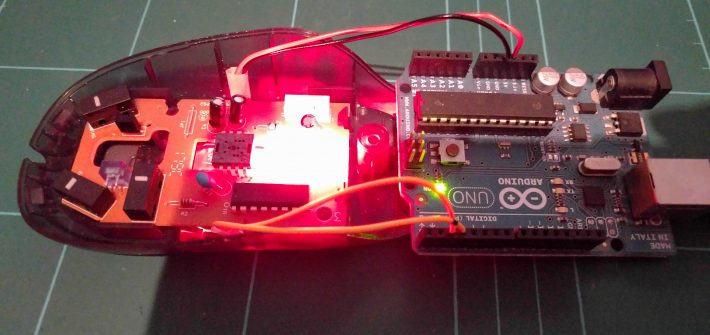
For the last few years I’ve taken part in the local Rampaging Chariots competition along with a group of graduates. One of our most recent challenges has been to get a rover to autonomously navigate the assigned assault course. So lately I’ve been thinking a lot about odometry, that is, estimating the position of a robot over time. Typically, a cheap method of tracking the position of a rover is by attaching rotary encoders to the output shaft of the drive wheels. Unfortunately as the traction of the drive wheels isn’t perfect, they will slip occasionally and introduce errors into the estimated position.
LED Matrix 2.0 Update
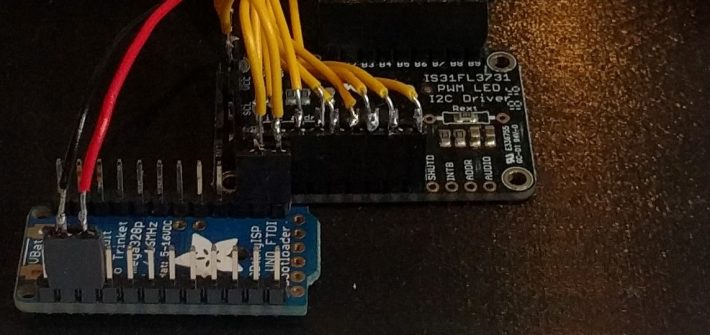
So I finally decided on an Adafruit Pro Trinket to replace the Arduino Uno hanging off the back of my new LED Matrix.
- 3D Printing
- ...
LED Matrix 2.0
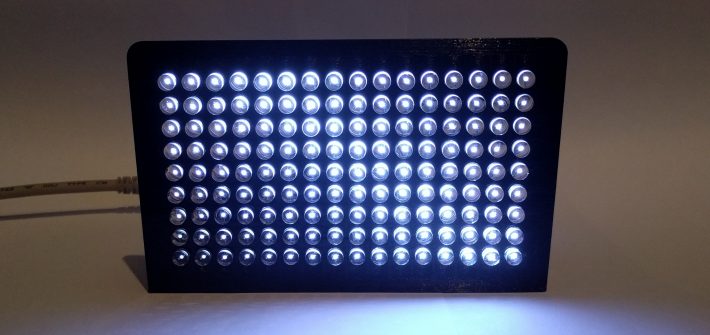
We can rebuild him; we have the technology.
So a few posts ago I hinted that I was thinking about rebuilding my old hand-soldered LED matrix using 3D printing to assist me, here’s a log of that build!
LED Matrix
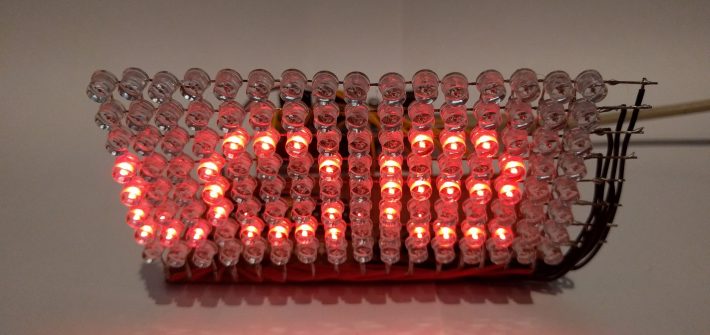
This post is a sort of eulogy. About 5 years ago I decided to teach myself a little more about electronics and thought building an LED matrix from scratch would be a good idea. Not just any old LED matrix, a 16×8 LED matrix. That’s 128 individual LEDs along with a whole bunch of resistors, transistors and a couple of shift registers for good measure.
